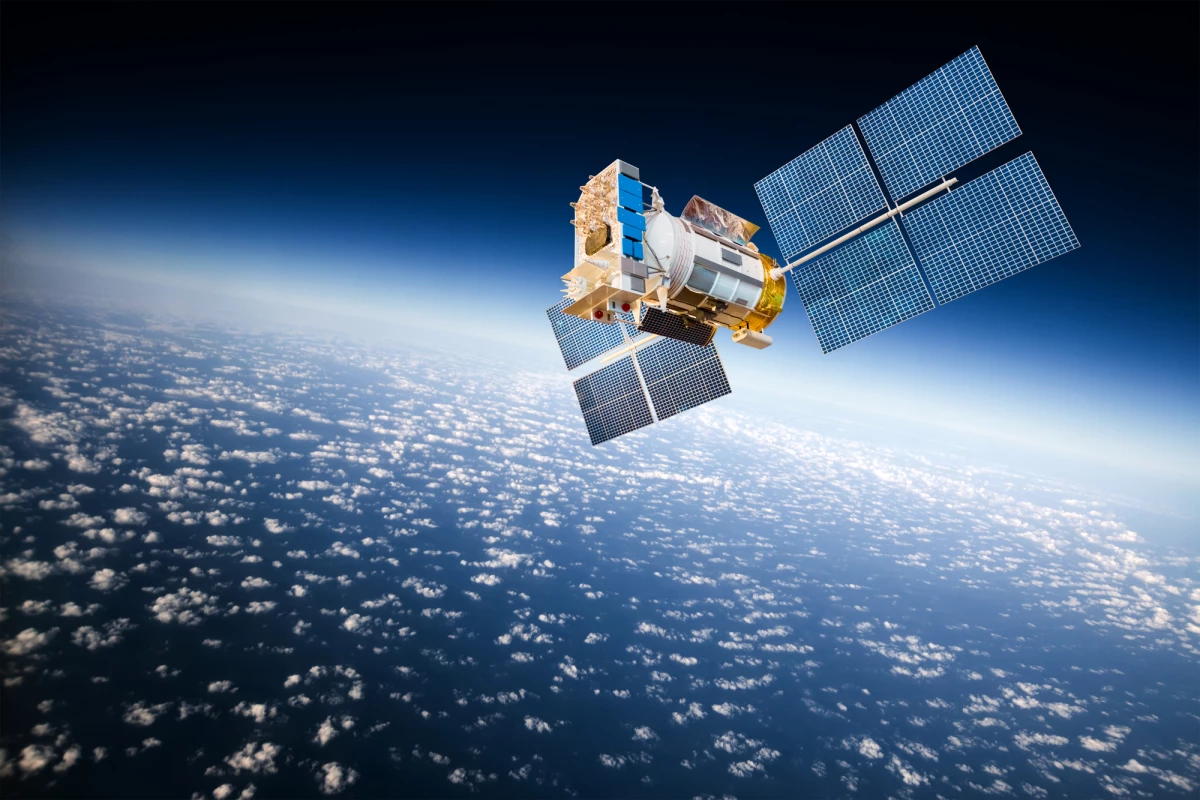The United States Space Force (USSF) reports that Russia has launched a Direct Ascent Anti-Satellite (ASAT) missile. US Space Command detected and tracked the weapon capable of destroying a satellite in low Earth orbit (LEO) on April 15.
Anti-satellite weapons were in development even before the first Sputnik was launched in 1957. As the name implies, their function is to destroy satellites for either military advantage or because the target poses a hazard to other spacecraft or populated areas on Earth.
Over the past 60 years, anti-satellite weapons have taken various forms, though their popularity with the major military powers has never been very great because the vulnerability of orbital satellites makes them much too exposed to a retaliatory strike or to debris produced by the original attack.
The recent Russian launch was of a Direct Ascent Anti-Satellite missile, which means that it was launched from either the ground or an aircraft to directly intercept the path of the target satellite. According to the USSF, the Wednesday test comes after a Soyuz rocket launch last November that delivered a satellite into orbit that subsequently split in two.
The two satellites were later identified as COSMOS 2542 and COSMOS 2543, and by the middle of January they'd positioned themselves near the American satellite USA-245. Such behavior is similar to that of an in-orbit anti-satellite weapon that operates by matching its orbit with its target before destroying it by an explosion, direct impact, lasers, projectiles, or radio jamming.
"This [latest] test is further proof of Russia’s hypocritical advocacy of outer space arms control proposals designed to restrict the capabilities of the United States while clearly having no intention of halting their counterspace weapons programs,” says General John W. “Jay” Raymond, USSPACECOM commander and USSF Chief of Space Operations. “Space is critical to all nations and our way of life. The demands on space systems continue in this time of crisis where global logistics, transportation, and communication are key to defeating the COVID-19 pandemic.
"It is a shared interest and responsibility of all spacefaring nations to create safe, stable and operationally sustainable conditions for space activities, including commercial, civil and national security activities."
Source: US Space Force





